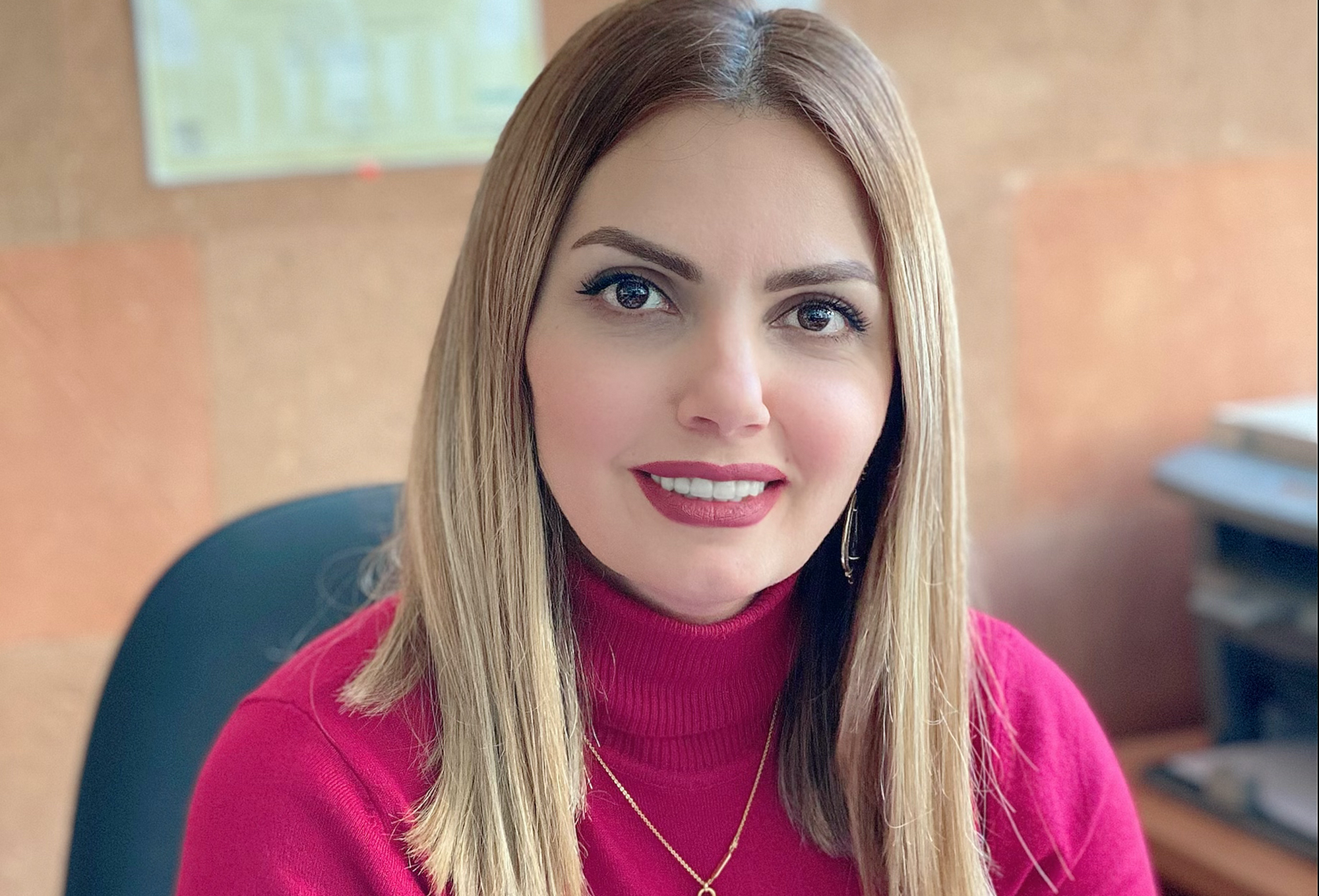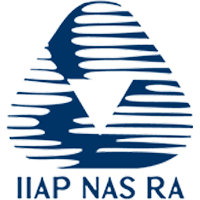A change of focus, from physics to biophysics and scientometrics, brought new challenges and opportunities in the career of Dr. Shushanik Sargsyan. One opportunity – to participate in a 2019 training workshop organised by the EU-funded EaPconnect project – motivated her to get involved in the research and dissemination of the Open Science movement in Armenia. As the Head of the Center for Scientific Information Analysis and Monitoring at the Institute for Informatics and Automation Problems of the National Academy of Sciences of the Republic of Armenia, as an associate professor at Yerevan State Medical University after Mkhitar Heratsi, and as the author of dozens of scientific publications, her career has seen several achievements. So, as part of the campaign “Celebrating Women in STEM Across the GÉANT Community”, which marks the International Day of Women & Girls in Science on February 11 and International Women’s Day on March 8, we asked Dr. Sargsyan about her experiences, and how she’s applying her new field to a study of women in science.
How did you make the transition from a background in physics to working in biophysics and this new field, scientometrics, the measurement and analysis of scholarly literature?
I really love my first profession, which was my inspiration and devotion during my adulthood. That led me to defend my PhD thesis in biophysics and now I am a lecturer. I like educating my students and inspiring passion towards physics and evaluating the role of physics in medicine.
In 2010, the Center for Scientific Information Analysis and Monitoring was opened at the Institute for Informatics and Automation Problems and I was invited to lead a Department. The field was totally new for me and I started to research scientometrics from scratch. I loved the field from the beginning. Soon, I was offered the position as Head of the Center, which further deepened my interest in the field. I would like to mention that the Center is the only organisation in Armenia that is involved in this relatively young scientific field. I have participated in different trainings, summer schools and seminars in Europe, in the important hubs of scientometric research.
I am usually asked why I have shifted from physics to scientometrics, and I answer in the words of my teacher in this field, Wolfgang Glanzel: “I was one of ‘the many’ in physics, while I am ‘the only’ in scientometrics”.
I was one of ‘the many’ in physics, while I am ‘the only’ in scientometrics.”
Your participation in the EaPConnect project’s training workshop on the OpenAire European infrastructure for Open Science brought you to new activities. Tell us about your work in Open Science for Armenia.
Open Science has become one of the trendy issues among the important topics in scientometric research. I came across the idea during my different seminars and trainings. The idea of open publications and open citations were among the main topics of discussion. My mission towards my country is to raise its visibility in the international community using all possible ways. I see three ways of internationalizing Armenian science:
- Creating national science citation indexes, further including them in regional and international systems;
- Promoting national journals to be indexed in international scientific databases;
- Developing the Open Science movement.
For the realisation of the first point, we are working to create a unified platform of national science – the Armenian Science Citation Index (ASCI – funded by the Science Committee of RA). This is based on the example of similar international and regional or national platforms. We are developing a mechanism for evaluating the effectiveness of Armenian scientific organizations, groups and individual scientists, and developing tools for evaluating the effectiveness of Armenian scientific journals using ASCI. This will be based on the Open Science idea, so the database will be open.
On the second point, there are more than 120 scientific journals in Armenia, which conform to the standards of Open Science. However, only three of these are indexed in the Directory of Open Access Journals. We are working also with Armenian journals that are not indexed in the open repositories.
The third direction is the promotion of the Open Science movement in Armenia. Several actions are being implemented. We are organizing or I am participating in various seminars and trainings to disseminate the idea of Open Science, its pros and cons.
How is ASNET-AM of IIAP, the Armenian NREN, helping this Open Science development?
The Institute for Informatics and Automation Problems has elaborated an open system repository, called the Armenian OpenAire NOAD, where all the scientific potential of Armenia will be collected. Later this is intended to be integrated into EOSC, the European Open Science Cloud.
You are leading a project on Armenian Women in Science; how was this idea born and what is the project about?
I received a grant from the New-York based Armenian National Science and Education Fund (ANSEF), to carry out research on Armenian women in science. This was the third time in a row that I have received an ANSEF award. During last year’s award ceremony, when they were talking about the selection procedure, the organisers mentioned that they were looking for groups with women participants, with a view to encouraging them. That gave me the idea of researching the role and share of Armenian women in science in Armenia and globally, and I proposed the project. The aim of the project is to use scientometric / bibliometric methods to assess their research output on the local and international levels, the dynamics of their work, and their engagement in different scientific fields. We will compare the ratio of women and men involved in natural and social sciences and humanities, and compare this to the world standards. We will elaborate relevant databases with the collected information and give recommendations on gender policy in the science sector.
I think that the women’s potential should be re-evaluated and wisely used for our development.



